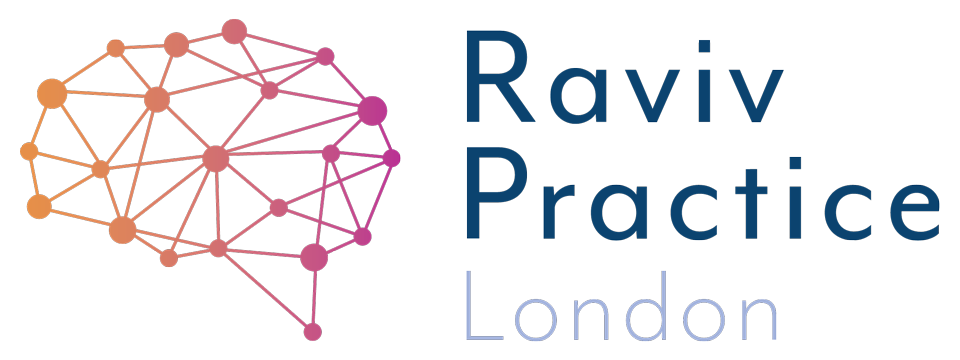A rough guide for parents – eye tracking issues and what to look for
A rough guide for parents – eye tracking issues and what to look for
When someone has poor vision, an optician help corrects their focusing ability so they can compensate for this particular deficiency. Depending on whether they are long-sighted or short-sighted, this will be either focusing at a distance or close up. However, just because this issue has been solved, doesn’t mean there can’t be other factors at play.
“If they can verbally understand the plot and make reasonable conversation about the story, they can know that genuine understanding is not the issue”
After an eye test, parents often make the mistake of thinking that their child is clear of every type of problem with how they see. What an optician does not test for is how well the eyes are moving, and if they are moving in the correct way to enable the child to scan reading material from left to right, or scan up and down when doing column addition.
We call this type of eye movement “tracking”, and there are a whole host of problems and difficulties a child may have if they are not able to do it correctly.
Seven things a child should be able to do by seven years of age:
1. Throw and catch a ball of varying sizes and at varying distances
2. Trace drawings and shapes with accuracy
3. No longer reverse their numbers, letters, or symbols when writing
4. Produce neat & tidy handwriting, regularly spaced, and on the line
5. Read without missing words or re-reading words, as well as understand what has been read
6. Consistency in spelling high-frequency words
7. Work out clockwise and anti-clockwise when drawing circles
From this list, the most common problem is usually with reading, especially missing or re-reading words, or missing punctuation both when reading and when writing.
When you read, your eyes need to scan horizontally. When you copy, your eyes need to hold steady to copy each word in the correct order. When spelling, you need to pay particular attention to the letter configuration - especially when the word being spelt is not phonetically obvious (like when there are silent letters or strange pronunciations) and you need to memorize the order of letters. All of these skills require correct eye-tracking.
What can you do at home to check if your child’s reading problems are actually problems with eye-tracking?
Before I ask parents to do a tracking test, I ask them to find out what their child understands when listening to a story without the reading. If they can verbally understand the plot and make reasonable conversation about the story, they can know that genuine understanding is not the issue. Try this with your child using the first few pages of a story – you can even quiz them about the story to make sure they understand.
Once you know for sure how much is understood, ask your child to read the next few pages out loud. Make it about the same volume of material as before. See if they are skipping words, re-reading, losing their place, observing punctuation etc. Problems with punctuation are easily overlooked, but it’s very important of understanding! If your child does not pay attention to punctuation, you will probably notice they have no cadence or rhythm when they read.
“ If your child does not pay attention to punctuation, you will probably notice they have no cadence or rhythm when they read.”
Now ask some comprehension-type questions. If comprehension differs dramatically from before when the story was read out to them, and if reading was slow and pained, you know there is an issue, not with understanding the story, but rather with processing the information when it is seen visually.
Simple ways you can help
Using a Kindle instead of traditional books for a while can really help, as you can adjust the font size. Larger fonts take pressure off the eyes and can make it easier to practice the necessary skills, and can improve reading dramatically.
Even better is the Kindle Unlimited, as it highlights words as you read (you must turn the volume to mute) forcing your child’s eyes to look at the reading guide.
What other tools can make a difference?
What if you can listen to your own voice when reading out loud? A tool called Forbrain is a very, very cool set of headphones that feeds back the user’s own voice so they can hear themselves as they read. This forces the eyes to track more carefully and helps with reading expressions and observing punctuation.
Using the guided reader, the Forbrain headphones can make a significant difference in reading skills. If, however, your child is still experiencing many of the eye-tracking problems from the list above by the age of seven, you need to take further action.
You can enrol your child on our one-to-one program where you will be able to learn about all the different types of tracking issues and see them diminish over the duration of the course.
We want to help give your child a life of stress-free reading and nurture their love of books.
Dyslexia? Dyspraxia? ADHD? ASD? Speech & Language? Developmental Delay? Anxiety?
Is every school day a struggle? As a parent, you may feel exhausted and on this journey alone. Each year you see the gap getting wider. You need to do something - change the approach, help your child learn for themselves, find a way to turn this around before it is too late and they won’t listen - do this NOW. the first step is free.
About the Author
Usha Patel is a Neurocognitive Therapist and Director at Raviv Practice London. Parents searching to help their suspected/neurodiverse child can get evidence-based solutions with results in as little as 8 weeks. Those in search of jargon-free help can get started straight away.



